
Learn Percussion
Free trial on our course with traditional Brazilian references. Master Samba, Afoxé, Ijexá and more with expert instructors.
Start Learning
Welcome to our Blog on Brazilian Traditional and Contemporary Culture. Interested in the instruments used in Brazilian music? The Brazilian instruments variety is enormous, and to help you navigate them, from hand drums to bass drums, bells, and Shakers we have made this guide.
Looking for Brazilian instruments for sale? Shop Here!
If what you’re looking for is a complete list of the instruments, please head on to our:
Comprehensive List of Brazilian Instruments
Each rhythm has its own instrumentation, with different harmonic and percussive instruments being used according to each cultural background.

Contemporary Timbal (at the first plane) playing draws from Candomblé, and African Djembe techniques (Background).
You can learn more, with in-depth information about Brazilian Rhythms in our Guide to Brazilian Rhythms!
Brazilian Rhythms Guide
Samba has been the explosive force that has propelled the Brazilian image, mingling with jazz and other forms of world music.
Capoeira has also been the passport for many Brazilians who’ve sowed the teaching of their masters around the world, using the Berimbau, Agogô, Pandeiro and Atabaque.
In Brazil, Candomblé and Umbanda were responsible for a large part of African traditional Brazilian instruments and culture preservation within Brazil.
Congado, Maracatu, and Tambor de Crioula are other examples of traditional culture percussive formats which use drums that originated in Brazil. They were influenced heavily by Africa, especially West and Occidental Africa, as well as the Amerindian people native to Brazil.
Curious about Candomblé? Read about it on our Guide!
Learn about Candomblé!
Samba is one of the most recognizable and beloved forms of Brazilian music. Its distinctive, infectious rhythm comes from in a variety of flavors, coming from the Terreiros (Places of Candomblé and Umbanda worship) to the community based samba schools, as well as many other samba traditions.
Variations have strayed from their origins, but traditionally, the instrumentations are:
To learn more about how samba was made check our Samba Guide, covering origins and some of the dozens of different varities and styles of Samba.
One of the better-known drum shapes in Brazil is the Atabaque, a recurring cultural ground between different cultural settings, from traditional Samba forms, Capoeira, and especially related to Terreiros, the Afro-Brazilian religious centers, present in the vast majority of them.
Made of a Wooden Shell consisting of vertical wood planks grouped and bent up by heat and mechanical force into a barrel shape. One of the main drumming symbols in Brazil, it has spread from the first regions in Bahia to great distances, present from north to south.
In Capoeira, typically the Atabaque has only one size, while in Candomblé and Umbanda, it is done in three sizes, each with an individual function.
Both Capoeira and Samba, it is played with the hands, while Ketu Candomblé drumming tradition is to play the Atabaque with wooden sticks made traditionally from the Guava or Araça plants, called “Aguidavi”, or the hands, depending on the rhythm played.
– Aguidavi – traditional sticks used for Ketu Candomblé made from the Guava or Araça plants
Depending on which Atabaque, Rum, Rumpi, or Lé, they will use a pair of – Aguidavi sticks, or only one Aguidavis tick on one hand, while the other play directly on the drumhead. Some Samba groups use this form for song opening, such as Ilê Aiyê.
There are many traditional instrument artisans in Brazil, such as Mestre Dinho in Pelourinho, Salvador. They are the human repository of centuries of material culture recreation in Brazil, having developed and adapted their technique according to the memory and inventiveness of the Brazilian people.

Mestre Dinho in Pelourinho, Salvador – Making the Ataba-Sabar, a mix between Atabaques and Sabar drums
Mestre Dinho has been making musical instruments native to Brazil, Africa, and the African Diaspora for half a century, and has his workshop right in Pelourinho, in the heart of historical Salvador.
Responsible for the drum shell sculpting, drumhead fitting, and tightening, Mestre Dinho’s works are housed on hundreds of Terreiros, places of worship for Candomblé and Umbanda Afro-Brazilian religions, as well as various cultural institutions, musical groups, and traditional and folkloric groups.
Traditional instrument making in Brazil is an art, a practice that requires knowledge and dexterity. Craftsmen are essential to the culture because they preserve and disseminate their musical instruments, as well as the traditional construction methods.
The artisans have all materials specifically tailored for each instrument, from the wood to the rope, to create unique drums, unmatched by any factory or mass-produced drum.

Free trial on our course with traditional Brazilian references. Master Samba, Afoxé, Ijexá and more with expert instructors.
Start Learning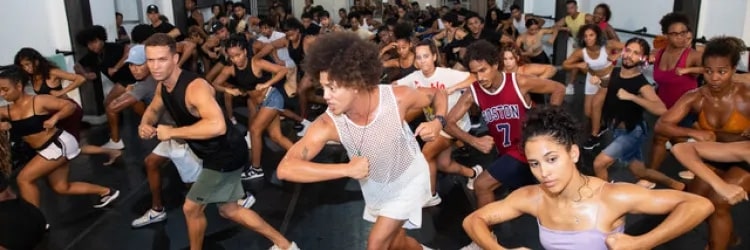
Immersive cultural travel packages with authentic festivals, dance classes, and exclusive access to Salvador's rich Afro-Brazilian heritage.
Explore Packages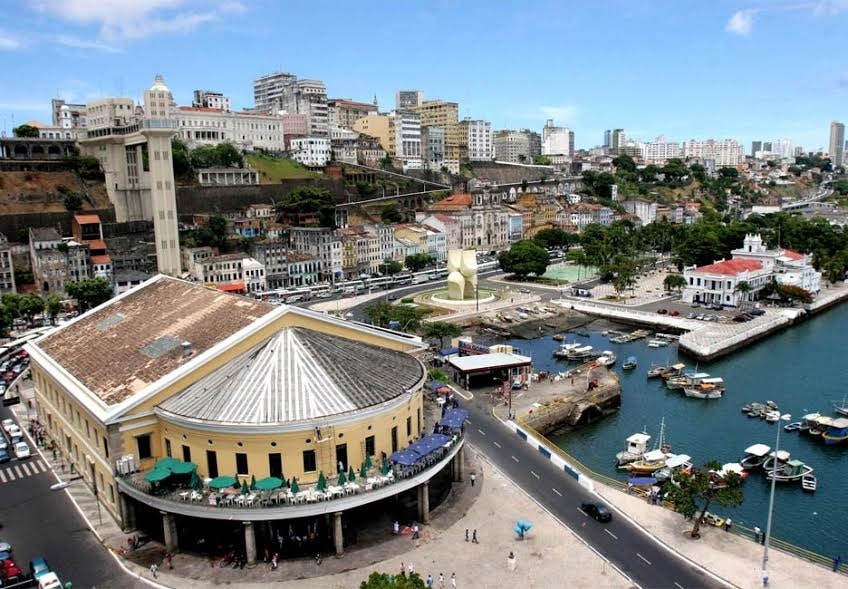
Browse authentic Brazilian percussion instruments. Atabaques, agogôs, pandeiros and more - shipped worldwide.
Browse ShopDrums originated in Brazilian soil with both African or Indigenous roots. The Caxambu and Tambor de Crioula are examples stemming directly from ancestral African designs, made from whole logs hollowed and headed with goat skin, made since colonial times.
The early version of these drums may well have been the first designs of African enslaved people in Brazil.
Other drums have originated more recently, such as Samba’s contemporary instrumentation, made with modern materials.
Others may have been taken from European military bands, such as the Surdo (Bass drum) and Caixa (Snare drum), but assumed other formats as their tradition developed and intertwined with other traditional instruments.
Traditional musical instruments have developed over time to form the unique culture of Brazil.
Technological advancements have also changed the formats of Brazilian Drums. Atabaques for example used to be tuned either with fire or rope.
With mechanical facilities, many Atabaque builders started to use hooks with bolts and nuts to pull the iron rings, in a different way to generate tension. This allows to quickly tune them with a wrench, instead of taking more time to pull the ropes
Similarly, Pandeiro, the Brazilian Hand frame drum, was originally built only with animal head, stretched and tightened with a wooden frame and pegs, with the metal jingles as Mestre Dinhos still does it. The contemporary factory-produced pandeiros are often built with plastic all-round, from head to frame.
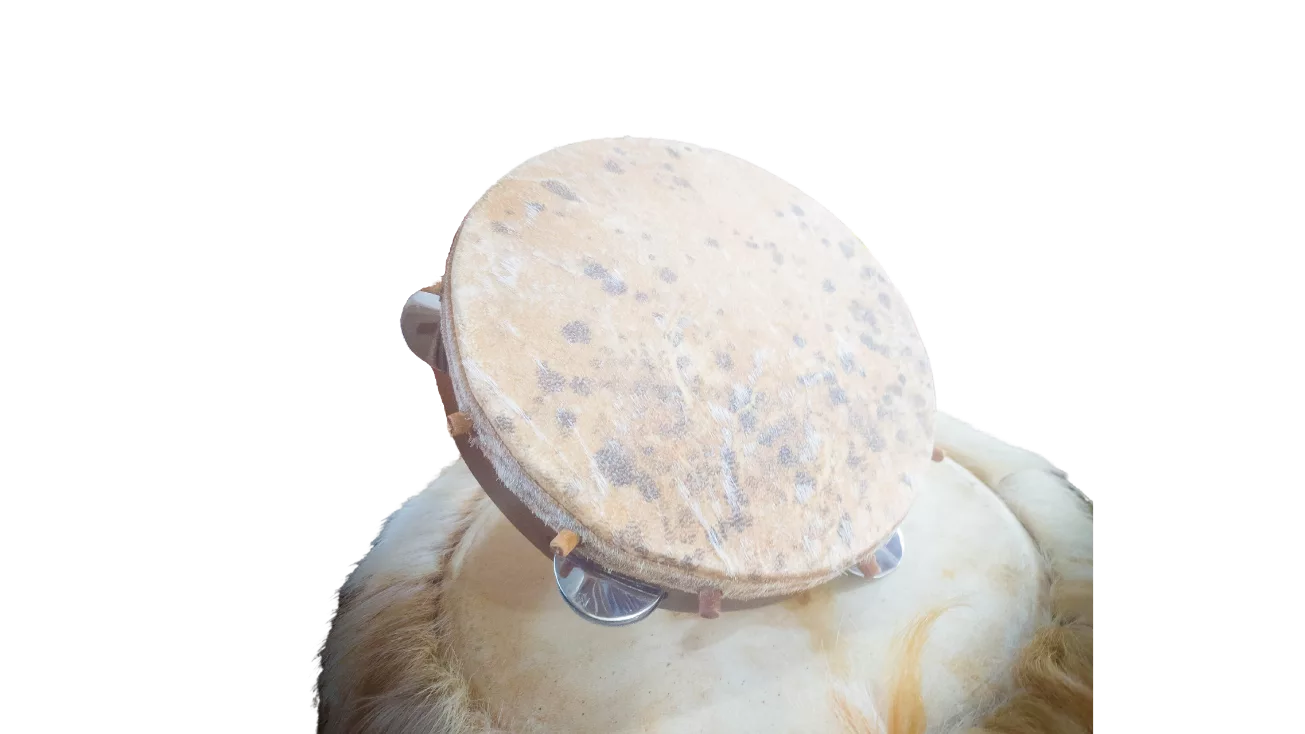
Pandeiro from our Shop, featuring superb sound and traditional style
Traditional building methods persist, and while nut and bolt-tuned Atabaques have perhaps become more common than rope Atabaques, traditionally tuned rope Atabaques are still present.
In some circles such as more traditional Capoeira groups, the Atabaques are still tuned with the natural fiber rope called Sisal, extracted in Bahia.

Traditional Atabaque from our Shop
Others opt for middle-term contemporary/traditional approaches, such as rope-tuned Atabaques using Polypropylene rope, which is easier on the hands and flows more swiftly through the rope rings. Traditional looks and aesthetics, with ease of use of modern components, is one the commonplace in modern Brazilian craftsmanship.

Each music genre has different regional and cultural characteristics. Rhythms such as Samba, Maracatu, and Samba Reggae, each depend upon a different instrument, for example:

Maracatu main Drum: Alfaia – Source: Leão Coroado Archives

Dona Aurinda do Prato (Ms. Aurinda of the Plate), playing the Traditional Knife and Plate, one of the earliest Samba instruments Photo by:@juliarodr.gues

Famous for his Classical Sambas, as well as songs made of Xote and Baião rhythms, Jackson do Pandeiro, was both singer and percussionist.

Timbalada, a group that mixed Samba-Reggae and Samba Duro, posing with the Timbal and Surdo in the 90’s
Brazilian culture is far from being united. While Samba is heard in many contexts, there is a great difference between Bahian and Rio’s Samba: there are even variations within each region.
Samba is only one cultural culture performed, as there are numerous cultural manifestations, many with unique drums: the diversity present in the creation of Brazil is present in the material and immaterial culture.
Some of these are:
To know the full list of Brazilian Instruments, you can see our Instrument Glossary, or if you’re interested in the rhythms, our Brazilian Rhythms Guide.
BUTÃO INSTRUMENTS GLOSSARY, BUTÃO RHYTHMS GUIDE
The melodics of drumming is based on question-and-answer formats, forming a polyrhythmic and polyharmonic composition.
The importance of artisans who know the musical aspect of each instrument is fundamental, as the drums are supposed to be in harmony in relation to the others.
While drums are not conventionally tuned on scales, they must produce sound relations.
For example, in the Candomblé there are three Atabaques, Rum is the lowest pitch, Rumpi the medium, and Lé the highest pitch sound. Even higher-pitched is the metallic sound of the Agogô or Gân, or the bead hitting the gourd made by the Xequerê. The Xequerê and Agogô are examples of African Designs used in Afro-Brazilian Cultures

Main Candomblé Instruments
In Capoeira the same relationship is present, at one end Gunga, the lowest pitch Berimbau, then Medio at the middle pitch, and Viola the highest pitched. The low pitches of the Atabaque are below the Gunga, producing sounds that complement each other, forming percussive harmony.

The variants of Berimbau(from left to right): Gunga, medio, and Viola – Source: Zum Zum Capoeira
Candomblé and Umbanda of most varieties will use the three Atabaques:
-Rum, the one that talks with the dance, and expresses the grounding energy, the
-Rumpi, which makes the connection between Rum and the Lé,
–Lé, the one with the air energy.
Rum, Rumpi, and Lé all play according to the Agogô or Gãn beat. The Agogô or Gãn commonly dictate the cadency and rhythm, as they are the first instrument to start playing in the Xirê, or Toques, the Afro-Brazilian religious ceremonies and celebrations.
Pernambuco’s Xambá Terreiro’s on the other hand uses the Ilú Drum, preserving the same drum and Agogô formation.
A prime Example is Samba Duro is also known as Samba Junino, created in Salvador incorporating elements from Samba de Caboclo, a Candomblé rhythm, while using contemporary musical instruments, such as the repique, tamborim and especially the Timbal.
Tinho Pequeno, once lead Percussionist of one of the most symbolic Samba Duro groups, Samba Fama, gave his thought on the importance of the Timbal in Samba Junino
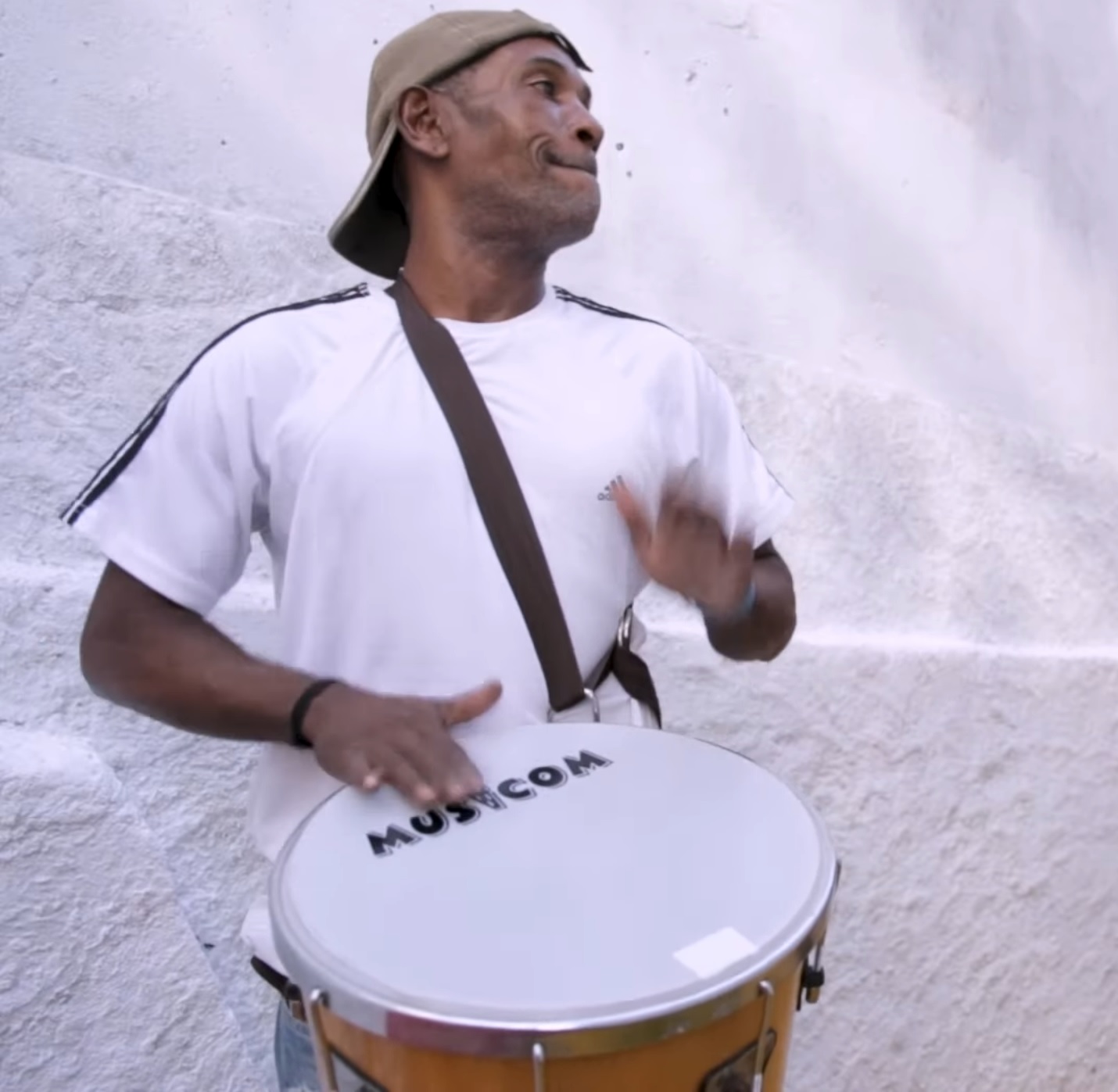
Tinho and many other players of Timbal from the Samba Duro movement, reached a wider audience when they were recruited for the Timbalada and other Blocos Afro (Samba Schools focused on Afro-Brazilian Culture) to play Timbal, the lead opening instrument, because of its loud and unique sound.
The timbal also soon became part of Rio’s Samba Schools, starting in Madureira, and after the Axé Music movement gained strength, many bands and percussionists started to insert the Timbal in many Brazilian Rhythms.
The Timbal drank heavily from the Candomblé rhythms, the Samba de Roda, and soon began adopting Conga and Djembe techniques as well. It is one of the references in Brazilian music and how versatile and varied Brazilian instrument technique and rhythm exploration is.
If you’re interested in Learning more about contemporary and traditional Brazilian music instruments, we have a comprehensive list of Brazilian Drums and Percussive Instruments at:
Brazilian Drums and Instruments Complete List
Discover everything Opanije has to offer - from immersive cultural experiences to traditional instruments.
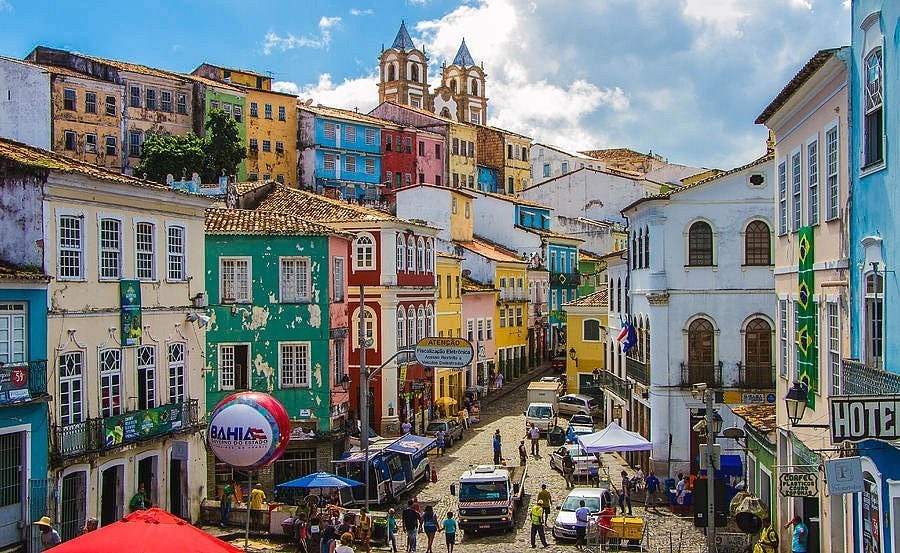
Immerse yourself in authentic Afro-Brazilian culture. Train with masters, explore Salvador, and transform your practice in 10 unforgettable days.

Learn traditional Brazilian percussion with Junior "Pai de Santo". Master Samba-Reggae, Ijexá, and other essential Bahian rhythms.

Find authentic, handcrafted atabaques and percussion instruments imported directly from master craftsmen in Salvador, Bahia.